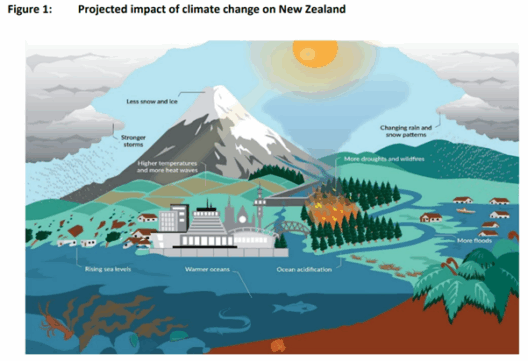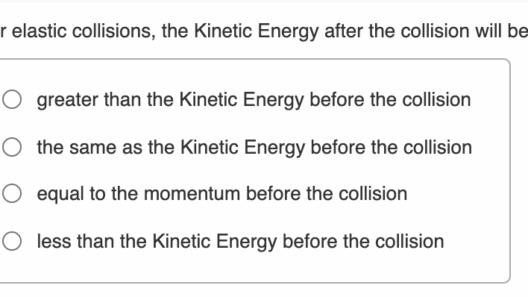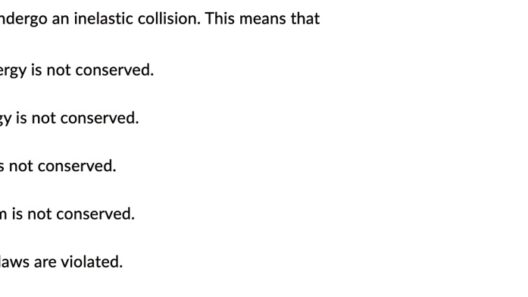In the grand tapestry of the universe, energy flows like a ceaseless river, binding all matter and phenomena into a cohesive whole. To traverse the intricate pathways of this river, one must first grasp an essential principle: the Conservation Law of Energy. This law, akin to a guardian of equilibrium, asserts that energy cannot be created or destroyed; it can only transition from one form to another. Whether in the grandiose movements of celestial bodies or the microscopic interactions within atoms, the conservation of energy is a thread woven through the fabric of all existence.
Understanding the law of conservation of energy invites us to ponder the infinite cycles within systems, where energy ebbs and flows like the tides of the ocean. Every action is accompanied by an equal and opposite reaction, affirming the interconnectedness of all things. As we embark on this deep dive into energy’s conservation across systems, we will explore its fundamental principles, illustrative examples, and profound implications for our world.
Theoretical Foundations of Energy Conservation
The concept of energy conservation is rooted in the foundational principles of physics, particularly in the realms of thermodynamics and mechanics. At its core, the law posits that in an isolated system—one without external influences— the total energy remains constant. Imagine a pendulum swinging back and forth. At its highest points, potential energy is at its zenith, while kinetic energy is at its nadir. As the pendulum descends, potential energy morphs into kinetic energy, showcasing the seamless transition that embodies the conservation principle.
This law transcends mere equations and calculations; it serves as a bedrock for various scientific disciplines. From the microscopic behavior of particles to the expansive movements of galaxies, energy conservation manifests as a universal truth. Learning to recognize these transformations is akin to deciphering a code—a cipher that reveals the underlying unity of physical phenomena.
Energy Transformation: From One Form to Another
Energy exists in myriad forms—kinetic, potential, thermal, chemical, and beyond. The transitions between these forms exemplify creativity and ingenuity within the laws of nature. Take, for instance, a simple car. The chemical energy stored in fuel undergoes a metamorphosis as it is ignited in the engine, transforming into kinetic energy that propels the vehicle forward. As the car accelerates and then decelerates, some energy dissipates as heat—an echo of the conservation principle reminding us that no energy truly vanishes; it merely recycles within another realm.
Yet, the transformation is not limited to mechanical systems. Consider the biological world. Photosynthesis is a magnificent dance where solar energy is absorbed by chlorophyll, transforming light into chemical energy. Plants then store this energy in glucose, forming the basis of the food chain. In this vivid cycle of energy conversion, we witness the conservation law in action—solar energy morphs into chemical energy, feeding the intricate web of life that sustains our planet.
Interconnected Systems: A Web of Energy Exchange
To truly appreciate the beauty of energy conservation, one must acknowledge the interdependent nature of systems. From ecosystems to manmade structures, energy flows like a well-rehearsed ballet. The intricate interplay of energy across diverse systems showcases the remarkable balance of nature. When one organism consumes another, energy is transferred in a harmonious exchange that sustains life. The predator-prey dynamic illustrates how energy circulates through ecosystems, echoing the conservation principle at every turn.
This interconnectedness extends beyond biology. In our modern society, consider the power grid. Electricity generated from renewable sources like wind or solar undergoes transformation and distribution, reaching homes where it powers our devices. Here, the conservation of energy principle manifests in a tangible way—electric energy changes form, transferring through wires and flowing into our appliances, illuminating our lives while reinforcing our need to use energy sustainably. Understanding this web of energy exchange reveals the fragility and resilience of our interconnected systems. With each decision we make regarding energy consumption, we influence not only our immediate environment but also far-reaching systems.
The Imperative of Sustainable Energy Practices
The recognition that energy cannot be created or destroyed beckons us to examine our role in the energy continuum. In an age where fossil fuels dominate our energy landscape, the repercussions of misuse become glaringly evident. Our planetary systems are all too familiar with the price of excess—climate change, habitat destruction, and resource depletion. The principles of energy conservation urge us to pivot toward sustainable practices, nurturing a symbiotic relationship with the environment.
Investing in renewable energy sources—solar, wind, hydroelectric—revitalizes our commitment to conserving energy. These alternatives offer a chance to harmonize with nature, capturing and utilizing energy in ways that respect the cosmic equilibrium. By embracing sustainable practices, individuals and communities foster an ethos of stewardship, recognizing that the energy we consume today shapes the world of tomorrow.
In conclusion, the Conservation Law of Energy is more than a scientific concept; it symbolizes an intrinsic relationship between all corners of existence. Just as energy transcends forms, so too must our understanding of its implications evolve. By becoming conscious stewards of energy, we not only honor the underlying principles of nature but also weave a legacy of responsibility for future generations. The river of energy continues to flow, and understanding its currents is vital as we navigate the challenges of our time.







